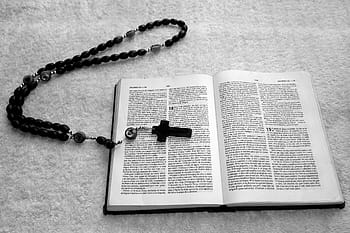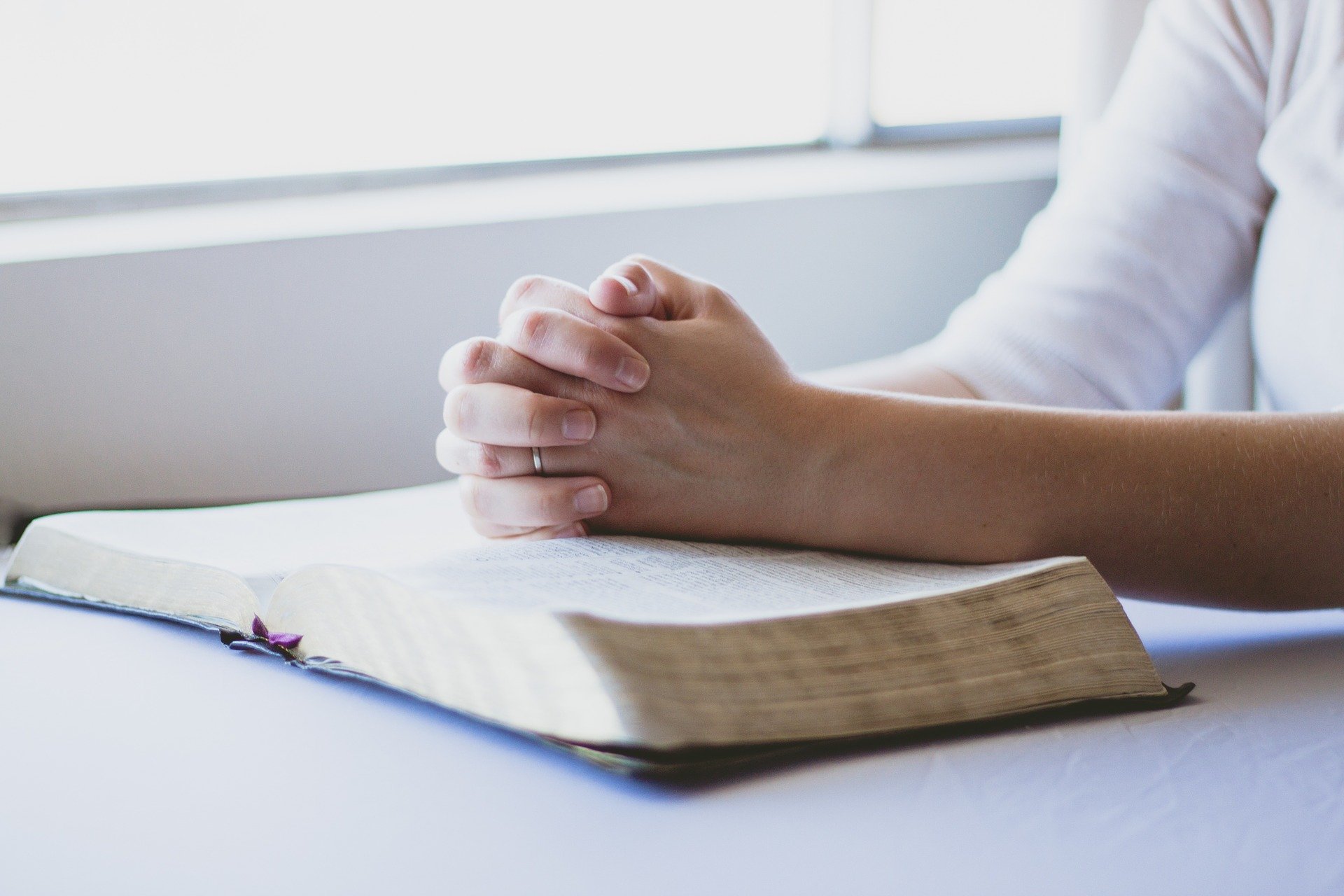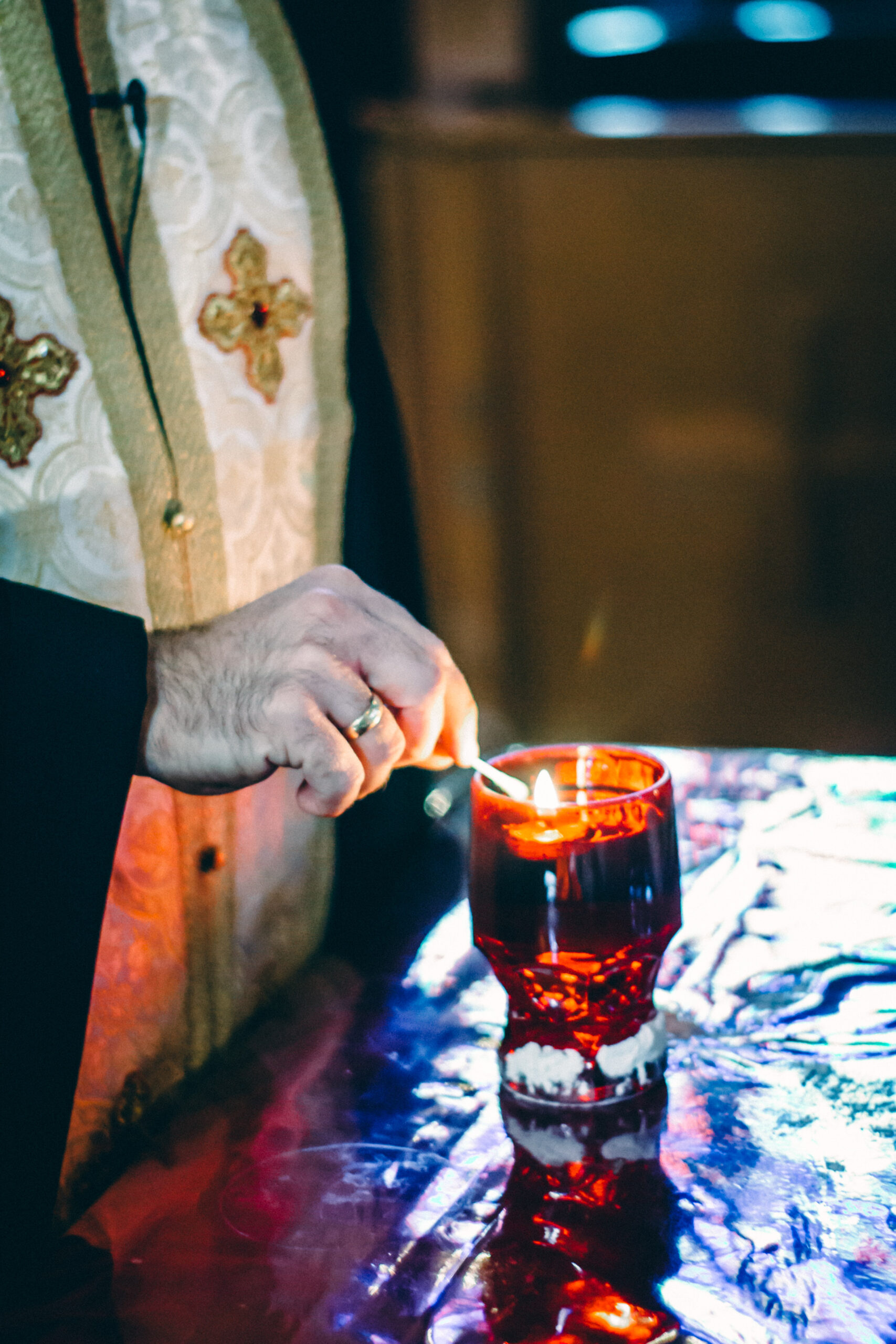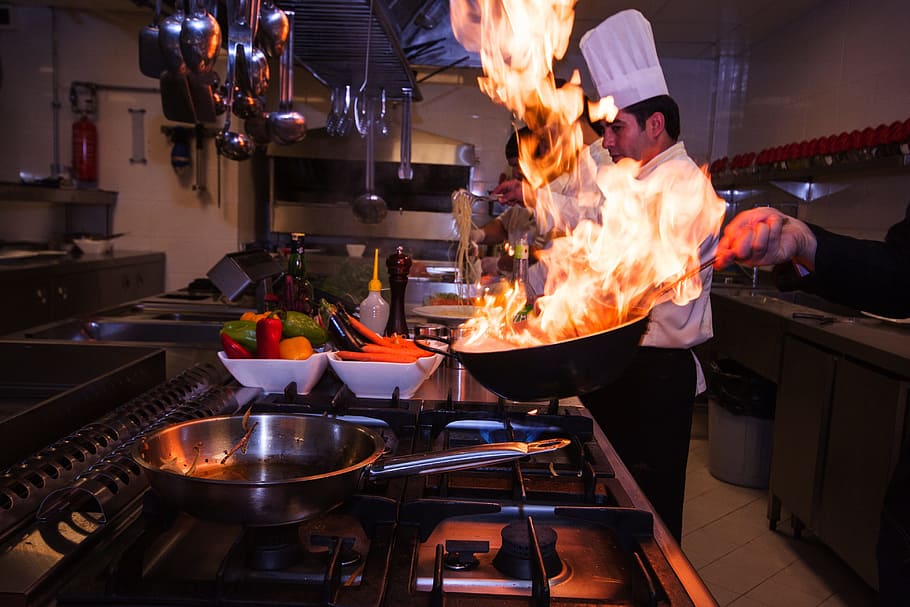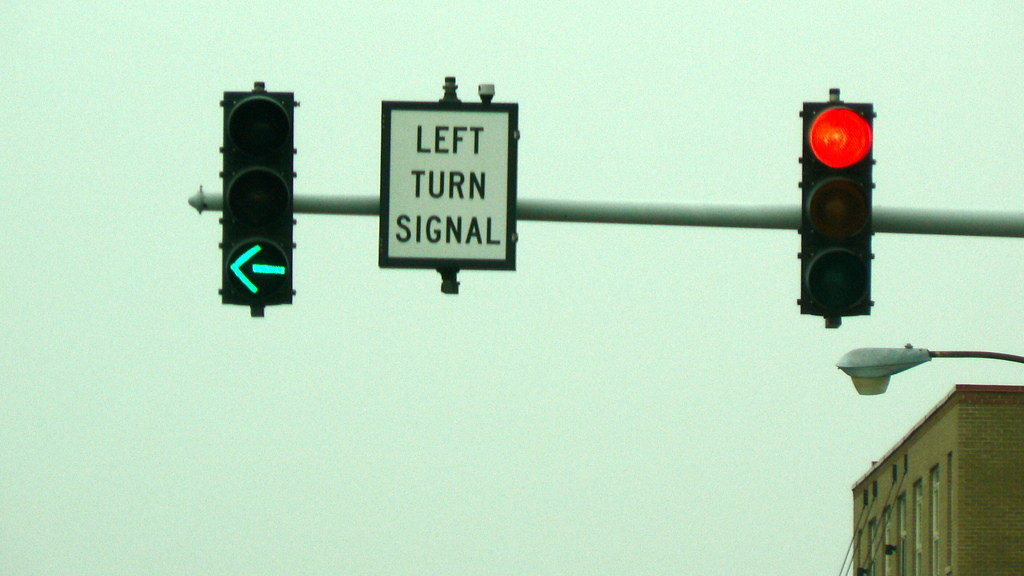Then God said, “Let us make man in our image, after our likeness; and let them have dominion over the fish of the sea, and over the birds of the air, and over the cattle, and over all the earth, and over every creeping thing that creeps upon the earth.” So God created man in His own image, in the image of God He created him; male and female He created them. . .And God saw everything that He had made, and behold, it was very good.
Genesis 1:26-27, 31
In preparing to teach Orthodoxy 101 this spring, there are two thoughts that I want to share with the Prayer Team. One will be today, and the other Friday.
Today’s thought is this. Have you ever wondered why the priest censes both the icons and the people when incense is offered during the services? The simple answer is that when offering incense, the priest censes all the holy images in the church—the altar table, the icons, and the people. You might be thinking, “I understand censing the icons. They depict images of holiness. But what about the people in the pews? We aren’t holy like the images in the icons.”
We read the story of creation in Genesis one. Over six “metaphorical” days, God creates light, heaven, earth, seas, plants, the sun, the moon, the stars, fish, birds and mammals. After each “day”, God looks at what He has created and beholds that it is good.
After creating the animals on the sixth day, God creates man. However, He creates man in a different way that anything else He created. He created man in His own image. The Bible is very careful to mention this fact three times. In Genesis 1:26, we read “Then God said, ‘Let us make man in our image, after our likeness.’” In Genesis 1:27, we read “So God created man in His own image, in the image of God He created him. Male and female He created them.” The Greek word for “image” is “eikon” from which we get the word “icon.” So, we can read Genesis 1:26 as “Then God said, ‘Let us make man as an icon, after our likeness.’” In other words, let us make man into a holy image of God. And Genesis 1:27 would read, “So God created man as an icon of His image, as an icon of God, He created him.”
And then we read in Genesis 1:31, that only after God created man and woman in His image, did He look upon creation and value it as “very good.” Genesis 1:31 is the only time in the creation story where the superlative “very” is used. Because only with the creation of man as an icon of God was the creation complete, and very good. That is because nothing else in creation is created as a holy image of God—no plant, no animal, no star or planet, and nothing created by us with these things God made is an icon of God, a reflection of His image.
The icon of Christ personifies humility, dignity, patience and most of all, love. We were created to be icons of Christ. We are created and brought into this life in order to have humility, dignity, patience, and love. We are created to be like Him. Our goal is to look like Him, to personify and reflect Christ.
We reverence icons in the Orthodox Church. We are careful with them. We don’t handle them haphazardly, or deface them in any way. Why? Because they are images of holiness and are to be treated with respect and devotion. Imagine if we took the same care of one another that we did with the icons in our church. If we reverenced one another. If we didn’t deal with one another haphazardly. If we didn’t deface one another with words and actions. If we treated one another with respect and devotion.
The simple lesson today is, we are all created by God as icons of His holiness. Thus, we should act this way, and treat one another this way. And the reason why the priest is censing the holy icons as well as the people is that we are all called to be images of holiness, reflections of God—the icons who represent the saints (those who have achieved holiness) and the people (the ones who are striving to be holy).
All of us reading this message today have seen an icon of Christ, because there is one on top of this message today. Many of us reading this message today are Orthodox. We own icons of Christ—we have them on our wall at home, we see them in church. What most of us don’t think of is that not only have seen or owned icons of Christ. We ARE icons of Christ. Our faces should reflect the dignity of an icon of Christ. And our lives should reflect the love of our Creator Who made us.
Colossians 3:10 reminds us that as Christians, we “have put on the new nature, which is being renewed in knowledge after the image (icon) of its Creator.” Our new nature as Christians calls us to be icons.
I Corinthians 15: 49 tells us that “just as we have borne the image of the man of dust, we shall also bear the image of the man of heaven.” In other words, just as we have shared the fallen image of the man that was created from dust and will one day return to it, we also share in the image (icon) of Christ, an image that is unbroken and immortal, which is the destiny for those who believe in God and whose lives have been a work to transform into an icon of Christ.
Before Your pure Icon we worship O Good One, entreating forgiveness of our many sins, O Christ our God. In the flesh by Your own will You ascended the Cross to rescue us from the enemy; therefore, with thanks we cry out to You: You have filled all things with joy O Savior, having come to save the world. (Apolytikion of the Sunday of Orthodoxy)
We are icons of Christ. We should, therefore, look and act accordingly.
